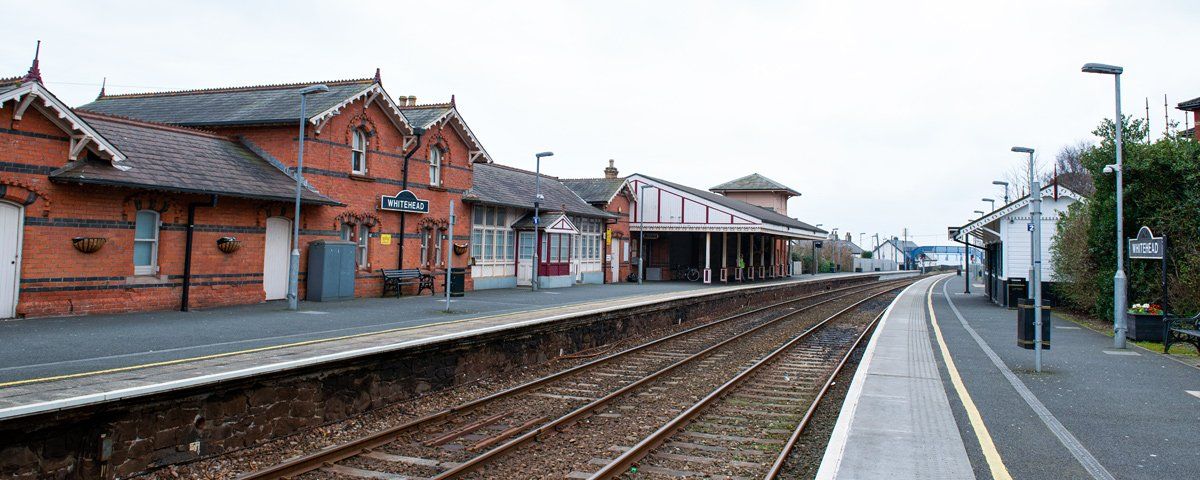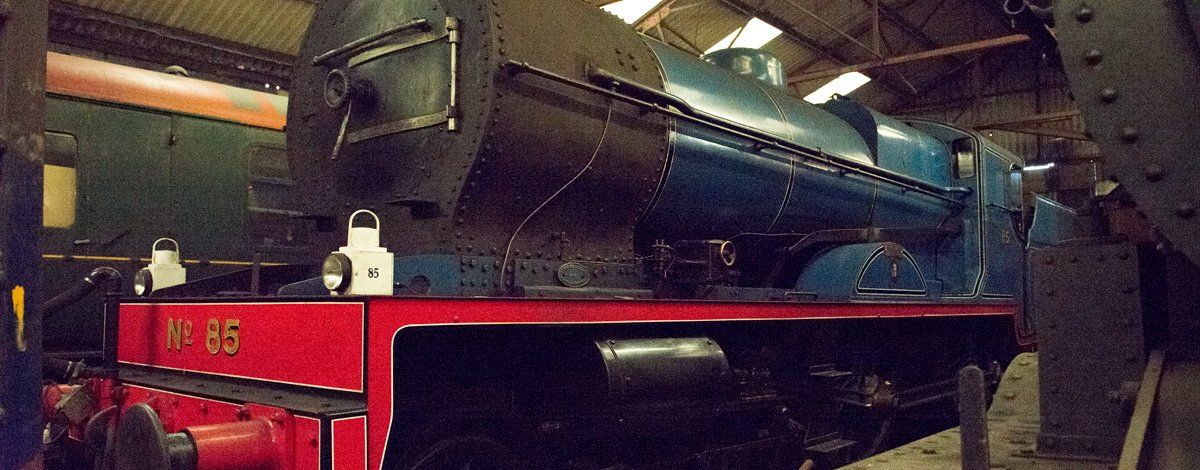Railway Era
The development of a railway network in Ireland brought major changes to Whitehead (Chichester by the Sea). After the Carrickfergus to Larne railway line and Whitehead Station opened in 1863, the seaside location became a popular destination accessible from all over Ireland as well as Scotland, England and Wales via Larne. The Carrickfergus & Larne Railway Company amalgamated with the Belfast & Northern Counties Railway Company who had a vision to turn this Edwardian village into a premier holiday resort by creating an excursion line. As an incentive for those with money to invest they offered 10 years free first-class rail travel to anyone who built a villa within a mile of the station, 145 people took up the offer and Whitehead transformed into a premier holiday destination.
The plan created a unique seaside resort with many attractions including a golf club, yacht club, bandstand and a long promenade with tea rooms. Two railway stations were built to serve both the through-line to Larne Harbour for passengers using the steamers to and from Scotland and the excursion line into the heart of the town which opened in 1907 complete with a terminus, engine shed and facilities. The present mainline station opened in 1877. Today the excursion line and facilities are home to the Railway Preservation Society of Ireland which formed in 1964 to restore and maintain old rolling stock and engines. They have a yearly program of education and operate excursions on the mainline to Portrush, Bangor and Dublin with steam locomotives pulling vintage railway carriages. For more information visit their website here.
During the Second World War, Whitehead Station became the headquarters for the Royal Engineers 8th Railway Construction Company. A hospital train was kept at the station during the war years and used in emergencies to transport injured servicemen from the ports of Larne and Londonderry to Belfast, these were the nearest ports for those engaged in protecting the North West approaches where the convoys arrived and dispersed, a place of U-Boat activity. As well as having carriages for patients and staff it also had a fully equipped operating theatre.



